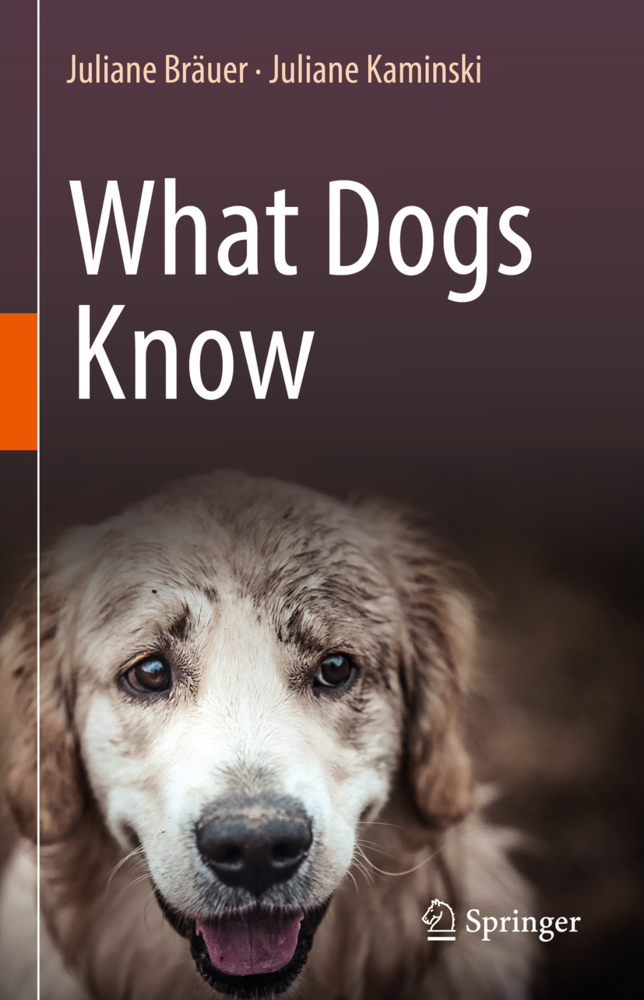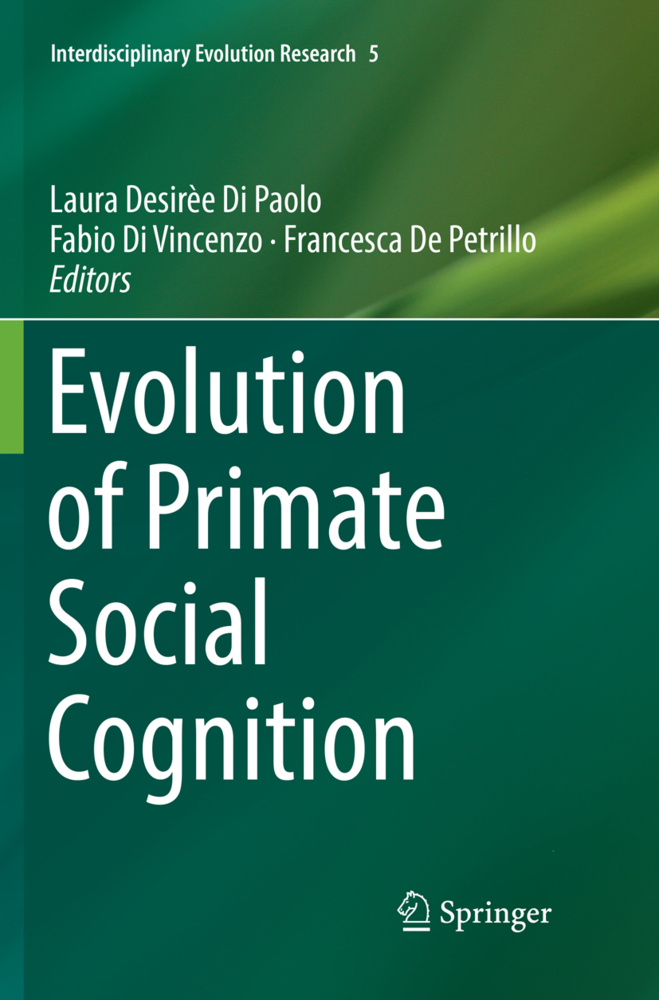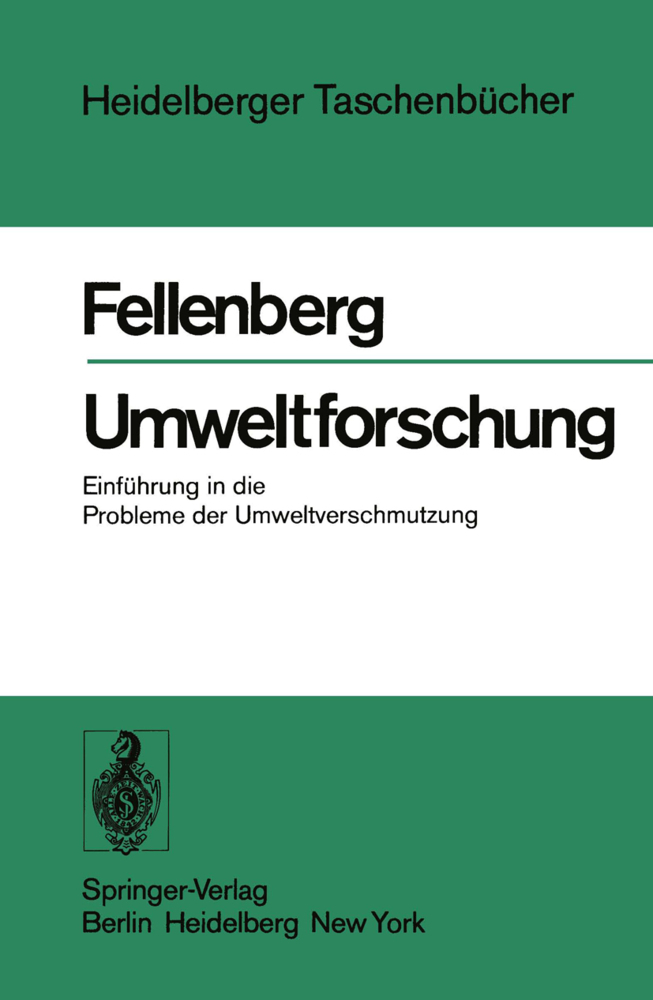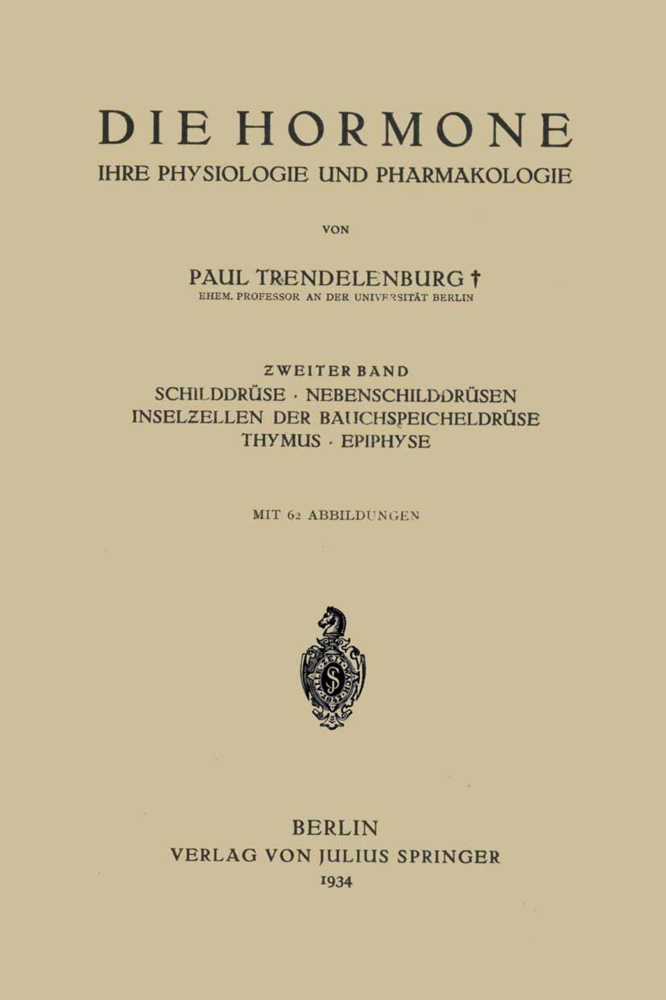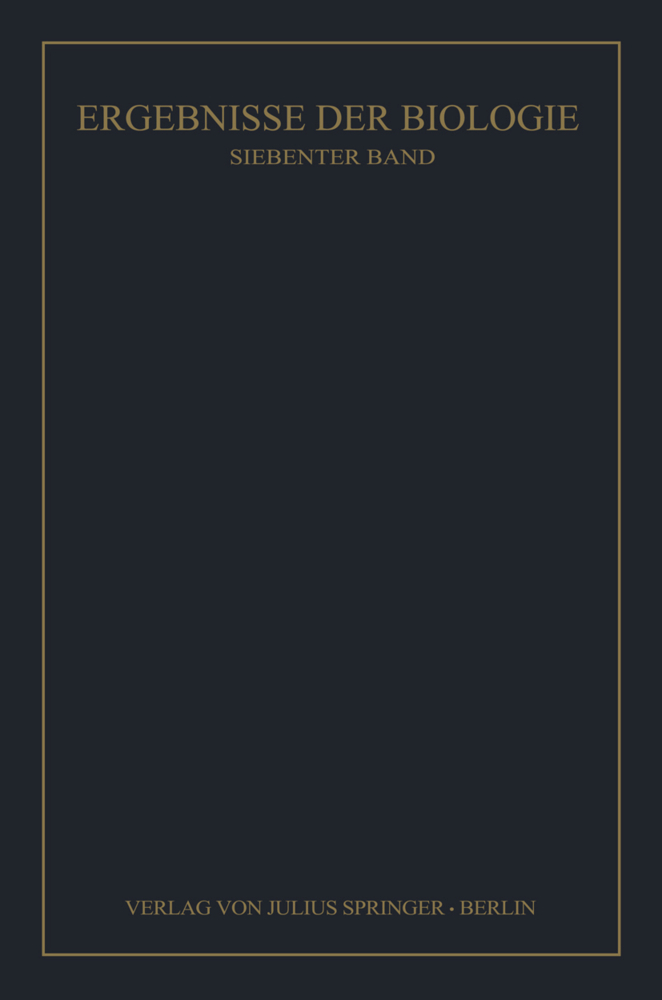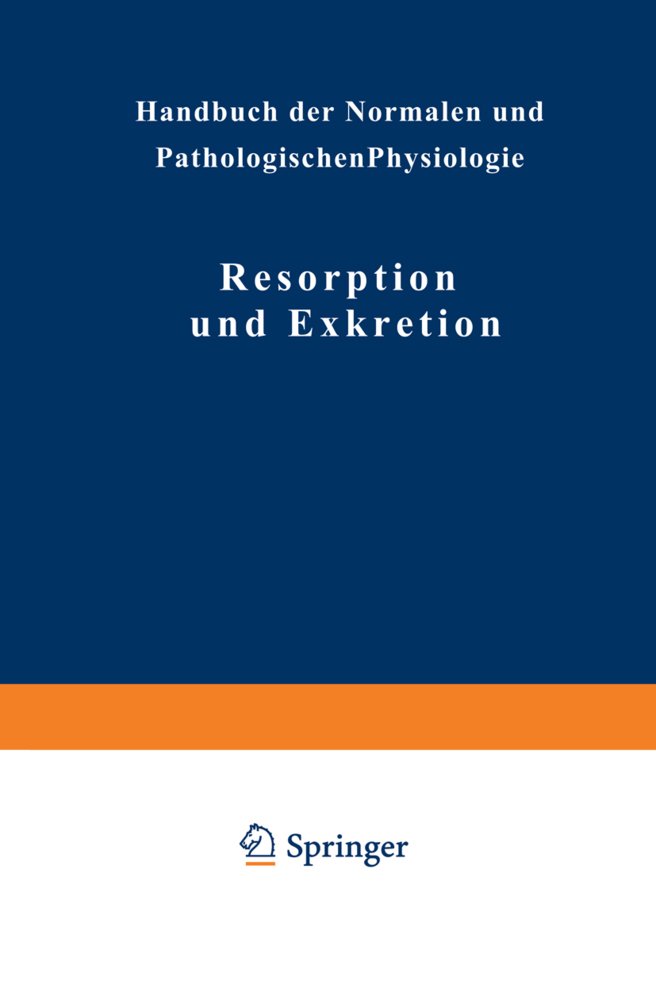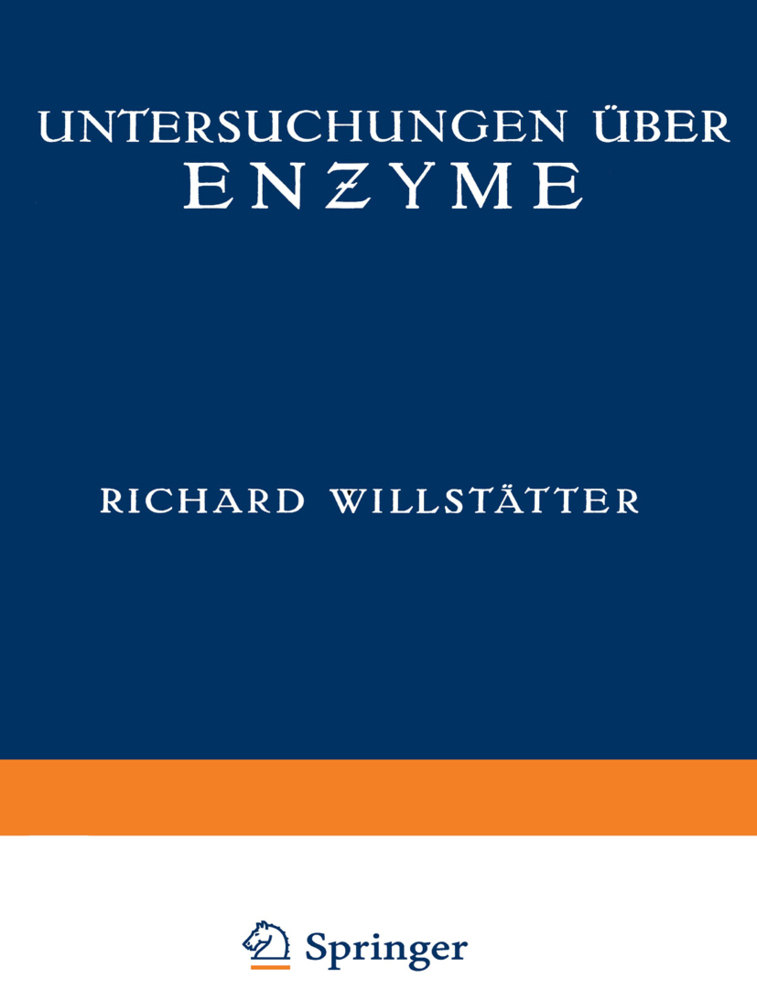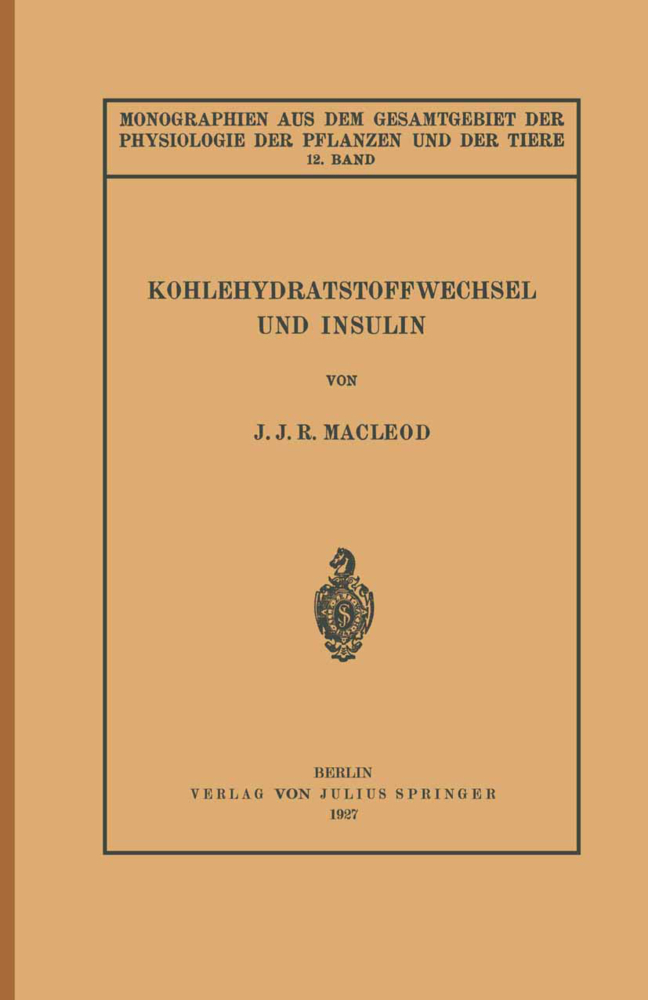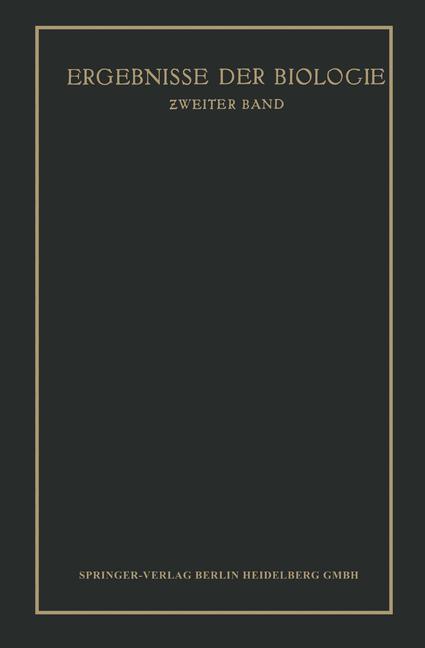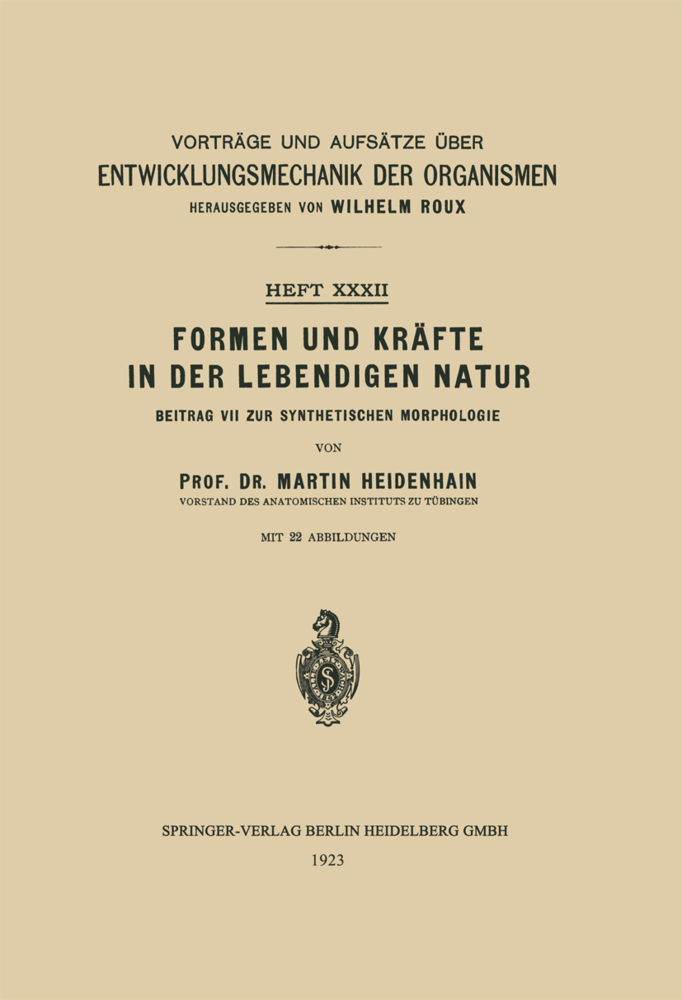Animal Acoustic Communication
Sound Analysis and Research Methods
Animal Acoustic Communication
Sound Analysis and Research Methods
The last decades have brought a significant increase in research on acoustic communi cation in animals. Publication of scientific papers on both empirical and theoretical aspects of this topic has greatly increased, and a new journal, Bioacoustics, is entirely devoted to such articles. Coupled with this proliferation of work is a recognition that many of the current issues are best approached with an interdisciplinary perspective, requiring technical and theoretical contributions from a number of areas of inquiry that have traditionally been separated. With the notable exception of a collection edited by Lewis (1983), there have been fewvolumes predominatelyfocused on technical issues in comparative bioacoustics to follow up the earlyworks edited by Lanyon and Tavolga (1960) and Busnel (1963). It was the tremendous growth of expertise c:()ncerning this topic in particular that provided the initial impetus to organize this volume, which attempts to present fundamental information from both theoretical and applied aspects of current bioacoustics research. While a completely comprehensive review would be impractical, this volume offers a basic treatment of a wide variety of topics aimed at providing a conceptual framework within which researchers can address their own questions. Each presentation is designed to be useful to the broadest possible spectrum of researchers, including both those currently working in any of the many and diverse disciplines of bioacoustics, and others that may be new to such studies.
Chapter 3 Digital Signal Analysis, Editing, and Synthesis K. Beeman 1 Introduction 2 Temporal and Spectral Measurements 3 Time-Varying Amplitude Analysis 3.1 Amplitude Envelopes 3.2 Gate Functions 4 Spectral Analysis 4.1 Power Spectrum Features 4.2 Measuring Similarity Among Power Spectra 4.3 Other Spectral Analysis Techniques 5 Spectrographic Analysis 5.1 Spectrogram Generation 5.2 Spectrogram Display 5.3 Spectrogram Parameter Measurements 6 Classification of Naturally Occurring Animal Sounds 6.1 Properties of Ideal Signals 6.1.1 Periodicity 6.1.2 Amplitude Modulation 6.1.3 Frequency Modulation 6.1.4 Biologically Relevant Sound Types 7 Time-varying Frequency Analysis 7.1 Deriving Spectral Contours 7.2 Sound-similarity Comparison 8 Digital Sound Synthesis 8.1 Editing 8.2 Arithmetic Manipulation and Generation of Sound 8.3 Synthesis Models 8.3.1 Tonal Model 8.4 Sources of and A Functions 8.4.1 Mathematically Based Functions 8.4.2 Functions Derived from Natural Sounds 9 Sound Manipulation and Generation Techniques 9.1 Duration Scaling 9.2 Amplitude-Envelope Manipulations 9.3 Spectral Manipulations 9.3.1 Frequency Shifting and Scaling 9.3.2 Frequency Modulation 9.4 Synthesis of Biological Sound Types 9.4.1 Tonal and Polytonal Signals 9.4.2 Pulse-Repetition Signals 9.4.3 Harmonic Signals 9.4.4 Noisy Signals 9.5 Miscellaneous Synthesis Topics 9.5.1 Template Sounds 9.5.2 Noise Removal 10 Summary References
Chapter 4 Application of Filters in Bioacoustics P. K. Stoddard 1 Introduction 2 General Uses of Filters and Some Cautions 3 Anatomy and Performance of a Filter 4 Properties of Various Analog Filters 5 Antialiasing and Antiimaging Filters 5.1 A/D Conversion Requires an Analog Lowpass Filter 5.2 Choosing an Antialiasing Filter 5.3 D/A Conversion also Requires an Analog Lowpass Filter 5.4 Analog Filters: Passive Versus Active Components 6 Analog Versus Digital Filters
Chapter 1 Acoustic Signals of Animals: Recording, Field Measurements, Analysis and Description H. C. Gerhardt 1 Introduction 2 Field Recordings and Measurements 2.1 Equipment 2.2 On-Site Measurements 2.3 Signal Amplitude, Directionality, and Background Noise Levels 2.4 Patterns of Sound Propagation in Natural Habitats 3 Laboratory Analysis of Animal Sounds 3.1 Terminology 3.2 Temporal and Spectral Analysis: Some General Principles 4 Examples of Descriptions and Analyses 4.1 Temporal Properties of Pulsatile Calls 4.2 Amplitude-Time Envelopes 4.3 Relationships between Fine-Scale Temporal and Spectral Properties 4.4 Spectrally Complex Calls 5 Summary References
Chapter 2 Digital Signal Acquisition and Representation M. Clements 1 Introduction 2 Digital Signal Processing 2.1 Major Applications of DSP 2.2 Definition of Digital Systems 2.3 Difference Equations 3 Digital Filter Frequency Response 3.1 Unit-Sample Response Characterization 3.2 Frequency-Domain Interpretation of Systems 3.3 Frequency-Domain Interpretation of Signals 4 Conversion Between Analog and Digital Data Forms 4.1 The Sampling Theorem 4.2 Signal Recovery by Filtering 4.3 Fourier Transform Relations 4.4 Effects of Sampling Rates 4.5 Reconstruction 5 Fundamental Digital Processing Techniques 5.1 Power Spectra 5.2 Time and Frequency Resolution 5.3 Windows 5.4 Spectral Smoothing 5.5 The Discrete Fourier Transform 5.6 Correlation 5.7 Autocorrelation 5.8 Cross-correlation 5.9 Spectrograms 6 An Intoduction to Some Advanced Topics 6.1 Digital Filtering 6.2 Linear Prediction 6.3 Homomorphic Analysis 7 SummaryChapter 3 Digital Signal Analysis, Editing, and Synthesis K. Beeman 1 Introduction 2 Temporal and Spectral Measurements 3 Time-Varying Amplitude Analysis 3.1 Amplitude Envelopes 3.2 Gate Functions 4 Spectral Analysis 4.1 Power Spectrum Features 4.2 Measuring Similarity Among Power Spectra 4.3 Other Spectral Analysis Techniques 5 Spectrographic Analysis 5.1 Spectrogram Generation 5.2 Spectrogram Display 5.3 Spectrogram Parameter Measurements 6 Classification of Naturally Occurring Animal Sounds 6.1 Properties of Ideal Signals 6.1.1 Periodicity 6.1.2 Amplitude Modulation 6.1.3 Frequency Modulation 6.1.4 Biologically Relevant Sound Types 7 Time-varying Frequency Analysis 7.1 Deriving Spectral Contours 7.2 Sound-similarity Comparison 8 Digital Sound Synthesis 8.1 Editing 8.2 Arithmetic Manipulation and Generation of Sound 8.3 Synthesis Models 8.3.1 Tonal Model 8.4 Sources of and A Functions 8.4.1 Mathematically Based Functions 8.4.2 Functions Derived from Natural Sounds 9 Sound Manipulation and Generation Techniques 9.1 Duration Scaling 9.2 Amplitude-Envelope Manipulations 9.3 Spectral Manipulations 9.3.1 Frequency Shifting and Scaling 9.3.2 Frequency Modulation 9.4 Synthesis of Biological Sound Types 9.4.1 Tonal and Polytonal Signals 9.4.2 Pulse-Repetition Signals 9.4.3 Harmonic Signals 9.4.4 Noisy Signals 9.5 Miscellaneous Synthesis Topics 9.5.1 Template Sounds 9.5.2 Noise Removal 10 Summary References
Chapter 4 Application of Filters in Bioacoustics P. K. Stoddard 1 Introduction 2 General Uses of Filters and Some Cautions 3 Anatomy and Performance of a Filter 4 Properties of Various Analog Filters 5 Antialiasing and Antiimaging Filters 5.1 A/D Conversion Requires an Analog Lowpass Filter 5.2 Choosing an Antialiasing Filter 5.3 D/A Conversion also Requires an Analog Lowpass Filter 5.4 Analog Filters: Passive Versus Active Components 6 Analog Versus Digital Filters
Hopp, Steven L.
Owren, Michael J.
Evans, Christopher S.
| ISBN | 978-3-642-76222-2 |
|---|---|
| Artikelnummer | 9783642762222 |
| Medientyp | Buch |
| Auflage | Softcover reprint of the original 1st ed. 1998 |
| Copyrightjahr | 2012 |
| Verlag | Springer, Berlin |
| Umfang | XXI, 421 Seiten |
| Abbildungen | XXI, 421 p. |
| Sprache | Englisch |


